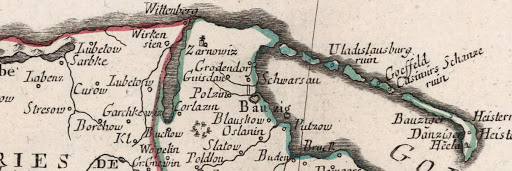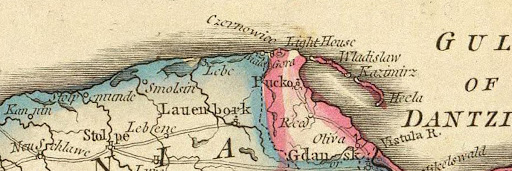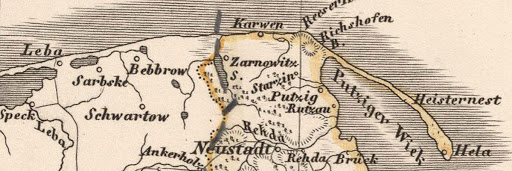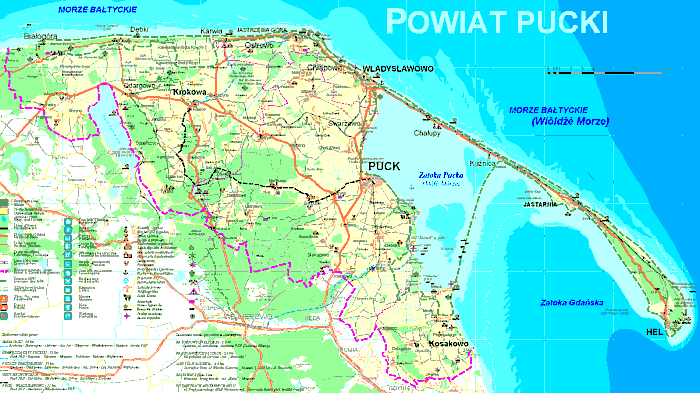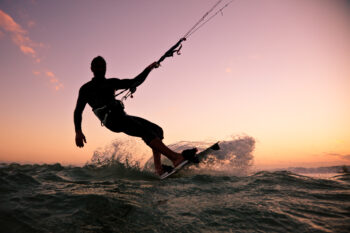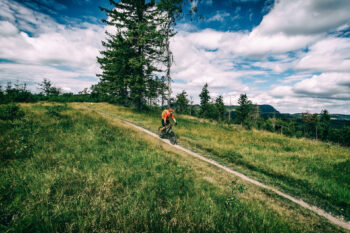
First time on the Hel Peninsula? A brief history of the most beautiful spit in the world.
The Hel Peninsula is one of the most popular holiday destinations in Poland. Quite rightly, because it is unique in the world. Here is a short history of the Hel Peninsula. It is worth knowing it when you are driving here for the first time.
Hel Spit
Kashubs call him Hélskô Sztremlëzna. Hel Peninsulathat's actually spit formed by the south-Baltic sea current flowing along the Polish coastline from the west to the east. This current and sea waves, accumulating masses of sand from the coastal cliffs near Cape Rozewie, resulted in the emergence of islands, which over time transformed into a peninsula with a characteristic scythe shape. Most of the peninsula was covered by shifting sands forming extensive dunes. Hence the colloquial name "sandy scythe" was taken.
Scientists estimate the age of the spit at 6 to 8 thousand years, which means that the Hel Peninsula is the youngest part of the Polish coast. Throughout its history, the shape of the spit has changed, during which the island state appeared repeatedly. This is demonstrated by historical maps of the region. Today it is a continuous peninsula with a length of nearly 35 km, without which it is difficult to imagine a map of Poland and a real seaside holiday.
map from 1794
map from 1775
map from 1799
map from 1852
(graphic / source: DavidRumsey.com historical map collection)
According to the geographical nomenclature, the definition of the Hel Peninsula as a "peninsula" is incorrect. For a peninsula, according to the definition, is a solid land surrounded on three sides by water, and not a sandy embankment formed by waves. The shape of the Hel Peninsula resembles peninsulas, therefore the term has entered the colloquial language, and the name "Hel Peninsula" is a proper name, generally accepted, accepted and used interchangeably.
Unique in the world
Since 1978, the Hel Peninsula belongs to the Coastal Landscape Park, due to the specific microclimate and its location.The Hel Peninsula was in sixth place in the ranking of the most amazing peninsulas in the world by site The World Geography.
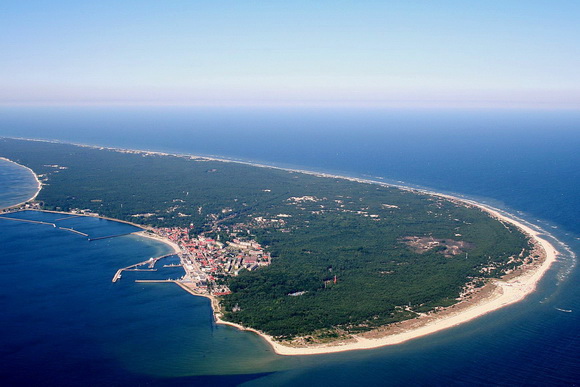
People have lived here for centuries
The history of settlement on the Hel Peninsula is over two millennia. The first settlements in the area of the spit were established by the Kashubian peoples as early as 500 years before our era, as evidenced by archaeological excavations.
In the 17th century, there were five villages here, among them: Hel, Bor, Jastarnia, Kuźnica and Chałupy. In 1825, the Prussian government began implementing a plan to consolidate and afforest the dunes that formed the peninsula. It was not until the beginning of the 20th century that a holiday village named Jurata. It was from that time that vacationers began to come to the peninsula, fascinated by the beauty of nature, the proximity of the sea and the Kashubian community. Over time, they began to build luxury villas, hotels and guesthouses.
Currently throughout the entire peninsula holiday apartments celebrities, politicians and wealthy businessmen own summer residences. Our guests can take advantage of the rich offer in which we offer the best accommodation in Jurata and online reservations. Every year thousands of tourists come here from all over the world to admire the beauty of nature and relax in one of the most beautiful corners of the Earth. This is not surprising, because the region offers a lot of impressions, beautiful landscapes and even more beautiful beaches classified as the cleanest and most picturesque in the world.
All rights reserved


